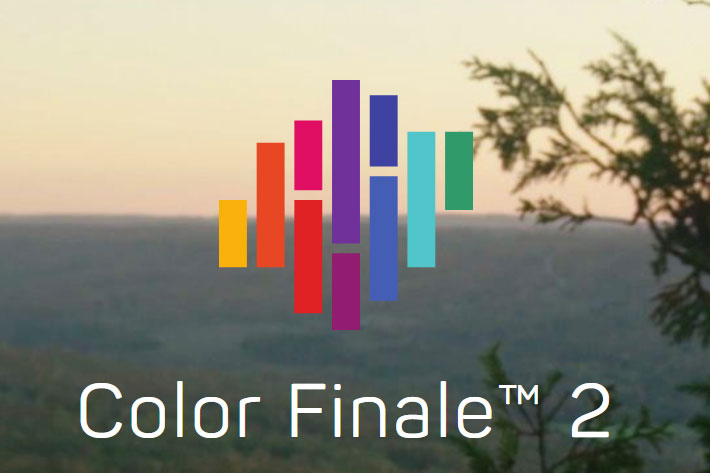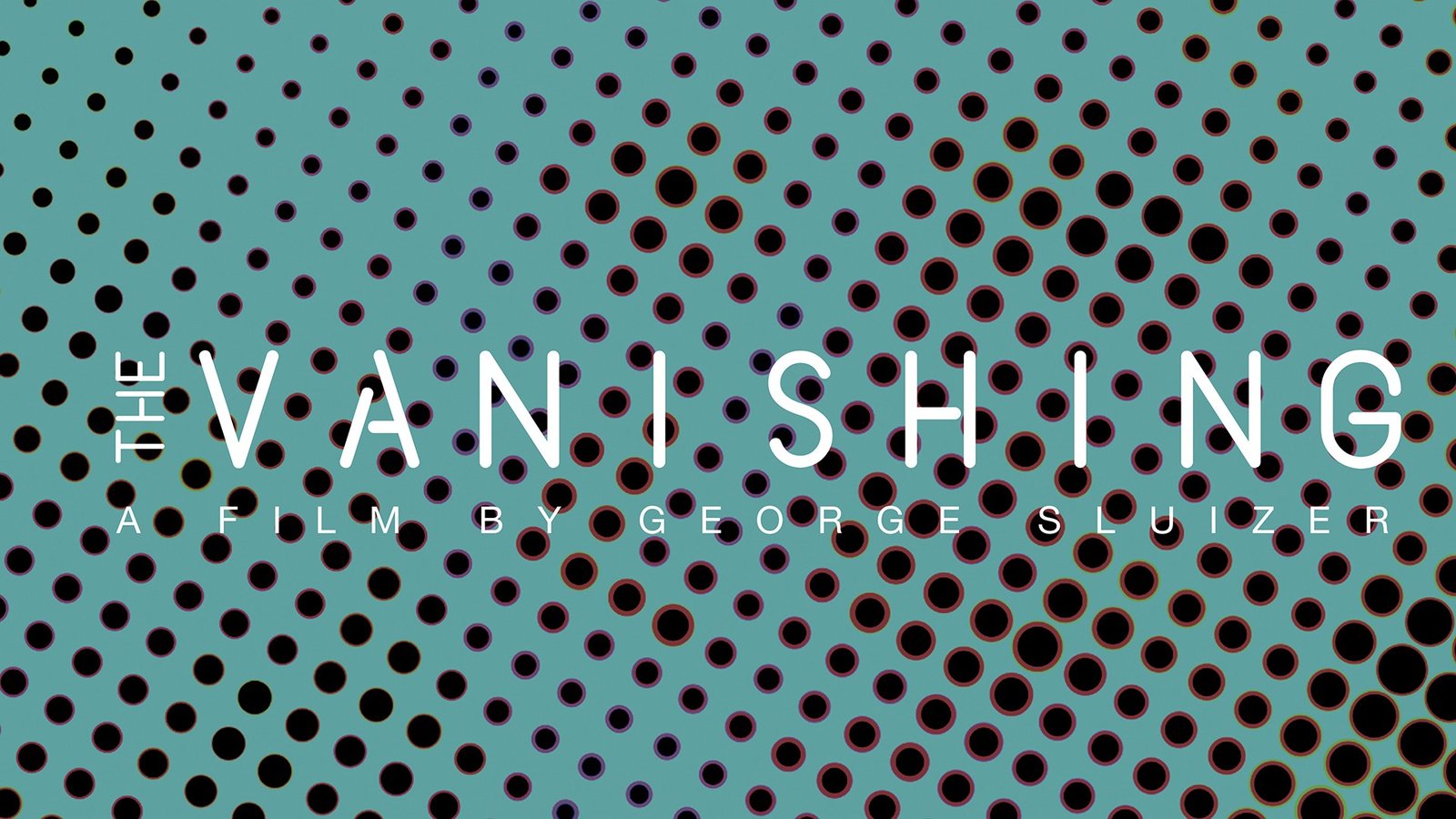

#COLOR FINALE LOGIN FREE#
The features of the Color Finale 2 includes Masking (shape based and free form keying for selective color grading), Area Tracker (track masks on moving picture elements), Film Emulation Tools (add customisable digital grain), and Shot Matching toolset, (semi-automate primary color correction for shot matching).

The new Color Finale 2 toolset has been specifically designed to simplify the workflow between editing and colour grading, removing the need for editors to move themselves and their content to an external dedicated colour grading system. Many of the new Color Finale 2 tools are normally found on high-end stand-alone colour grading systems.
#COLOR FINALE LOGIN PRO#
This is a very fast, very easy technique to use whenever you want the same effect to be applied to multiple clips.The upgraded plug-in speeds up post-production throughput by removing the need for FCPX Operators to use an external color grading application for advanced color grading tools.Ĭolor Finale, the macOS-only colour grading plug-in for Final Cut Pro X (FCPX) from the UK company Color Trix, has been superseded by Color Finale 2 and Color Finale 2 Pro, priced at $99 and $149 respectively.Ĭolor Finale 2 and Color Finale 2 Pro are macOS-only upgrades to the Color Finale FCPX plug-in, adding a host of new color grading and image processing tools above the standard color grading tools that ship with FCPX. In fact, using this Adjustment Layer effect for the Broadcast Safe effect is faster and more flexible than combining all your clips into a compound clip. NOTE: This technique works for any effect – including Broadcast Safe. ALL the clips under the Adjustment Layer effect now inherit the Black & White effect. When I drop it on top of the Adjustment Layer effect… Now – and this is the magical part – add any effect to the Adjustment Layer and it automatically applies to all the clips under it!įor example, here’s the Black & White effect. Because there are no timed elements in this effect, we can stretch it to whatever duration we need. Here’s a stack of three clips in the Timeline…ĭrag the Adjustment Layer effect from the Titles Browser and put it on TOP of all three clips.Īdjust the length of the Adjustment Layer clip to run whatever duration you need. The Adjustment Layer effect is visible in the icons on the right, generally near the top. Open the Titles browser and select the Larry category. That way, it refreshes the list of templates available in each browser. So, if FCP X is running, I generally quit Final Cut and restart it. I’ve found, when I create new templates, that FCP X does not always know something new has been created. I like being obvious with my effect names so I can remember what it does. You can create a new category from within the Category menu. Here, I’m using “Adjustment Layer” and storing it in a custom category named “Larry.” You can name this effect anything and store it in any category you prefer. This is the only change you need to make.Ĭhoose File > Save As, then give the effect a name. If the Layers panel is hidden, open it (shortcut: F5), select the “Type Text Here” layer and delete it.

Motion opens, displaying the standard title creation template. (This step is really important because it allows the effect we are creating in Motion to work in Final Cut!) Motion always works at the highest image quality, essentially ProRes 4444. NOTE: The Preset menu sets the frame size. (You can always change the duration in Final Cut Pro X when you apply the effect.)

While not critical, set the Motion presets to match your typical video project for both format and effect duration. These were first introduced by Adobe years and years ago in Photoshop then expanded into Premiere around the Creative Cloud release.įinal Cut Pro X doesn’t have them, however you can create your own using Motion. An “adjustment layer” is a video object on a higher layer in the timeline which, when an effect is placed into it, affects all the clips below it.


 0 kommentar(er)
0 kommentar(er)
